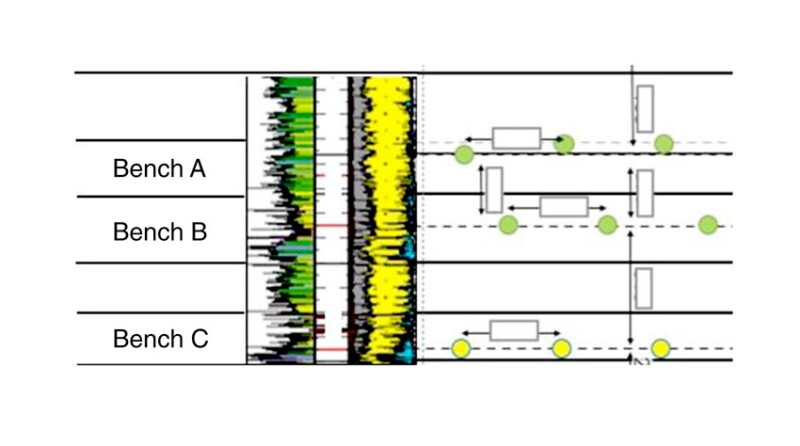In unconventional reservoir development, the presence of multiple benches may introduce vertical interference. By incorporating detailed geological, petrophysical, and hydraulic fracturing models, the authors aim to better predict and mitigate the effects of interbench interactions, enhancing the productivity and economic viability of unconventional reservoir projects. A numerical modeling study of multibench interference using a coupled hydraulic fracturing propagation, reservoir flow, and geomechanics tool has been conducted. This tool integrates hydraulic fracture simulation with geomechanics, allowing it to capture stress changes caused by depletion at the parent well.
Field Description
Multibench development in the Permian Basin, particularly in regions such as the Delaware and Midland Basins, has been adopted widely.


